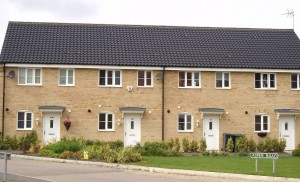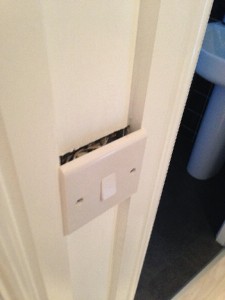Don’t believe the spin that house builders tell you regarding their customer survey feedback.
 It’s nearly that time of year again, when the Home Builders Federation (HBF) publish the 2014 results of their annual New Homes Customer Satisfaction Survey for the year to 30 September 2013. Released just in time to get those new 2014 – ‘5-Star’ flags flying on builders’ developments in time for Easter Bank holiday sales weekend. No doubt, as was the case last year, nearly all the house builders that “take part” will be rated five stars again this year, so a big pat on the back to the house building industry…….- you’ve all done very well!………Or have they?
It’s nearly that time of year again, when the Home Builders Federation (HBF) publish the 2014 results of their annual New Homes Customer Satisfaction Survey for the year to 30 September 2013. Released just in time to get those new 2014 – ‘5-Star’ flags flying on builders’ developments in time for Easter Bank holiday sales weekend. No doubt, as was the case last year, nearly all the house builders that “take part” will be rated five stars again this year, so a big pat on the back to the house building industry…….- you’ve all done very well!………Or have they?
The HBF say: “Star Ratings are based on results of the National New Homes Customer Satisfaction Survey, an independent industry survey. The survey operated by NHBC, is entirely independent of any builder or builder group and is independently validated by Reading University.”
Really? The HBF survey is sent out by the NHBC. Far from being independent, these two organisations are inter-linked, with six representatives from the HBF sitting on the NHBC Council and Stewart Baseley, the HBF’s Executive Chairman, also being an NHBC Board member along with Greg Fitzgerald CEO of Linden Homes.













